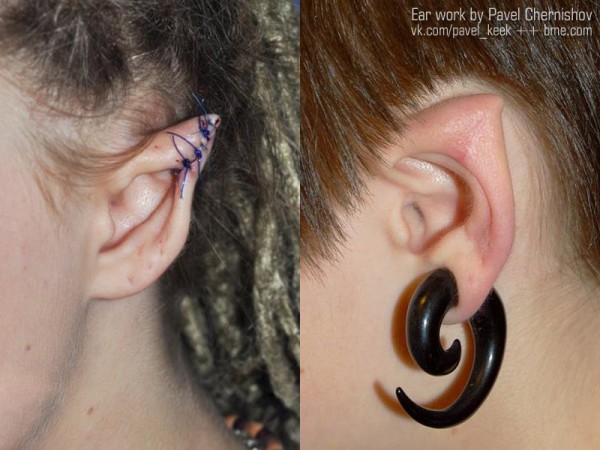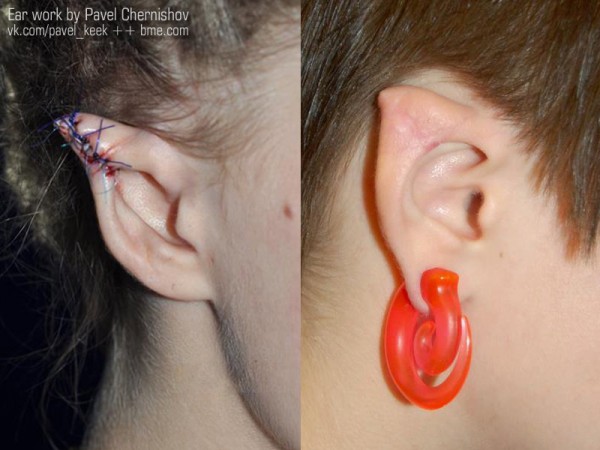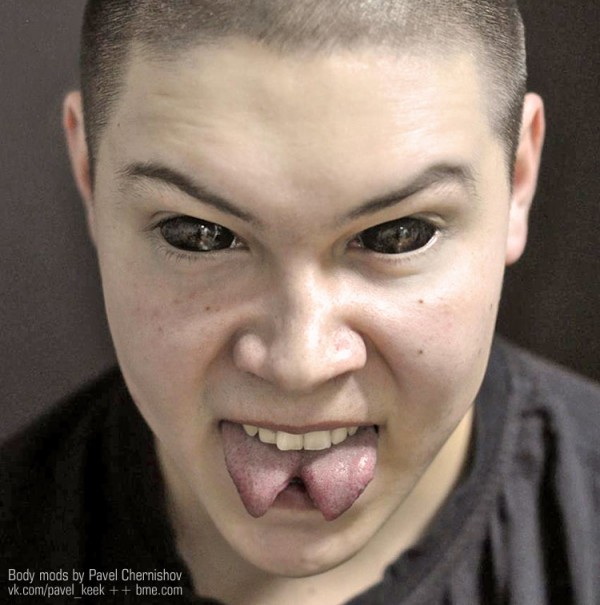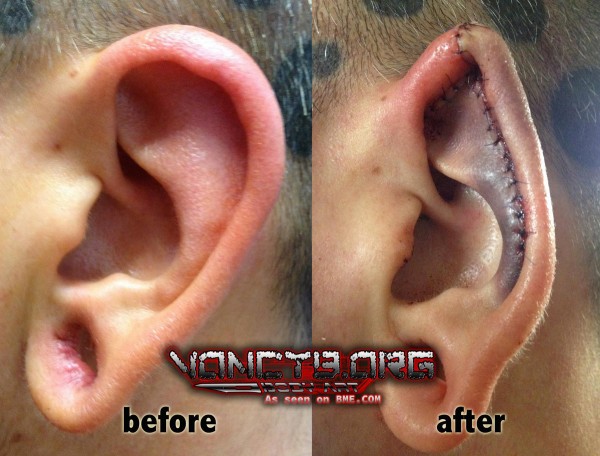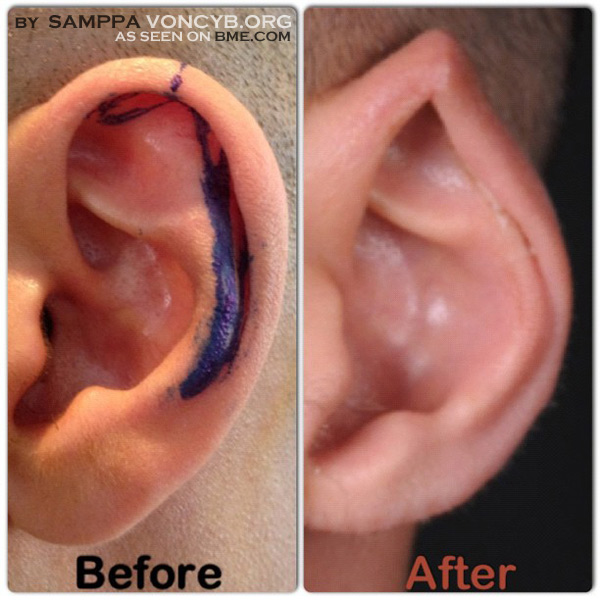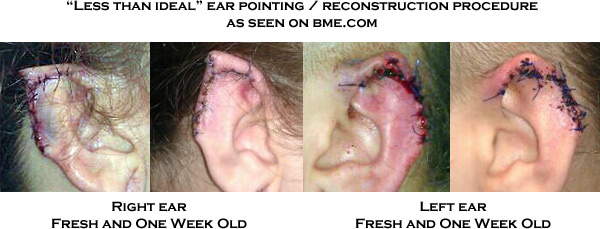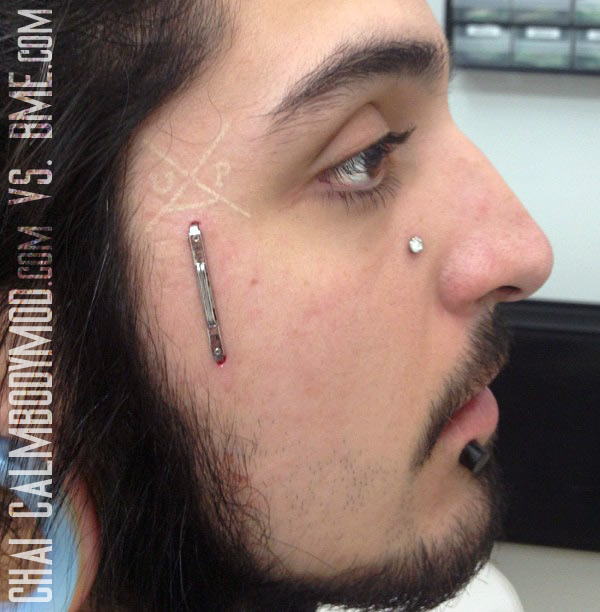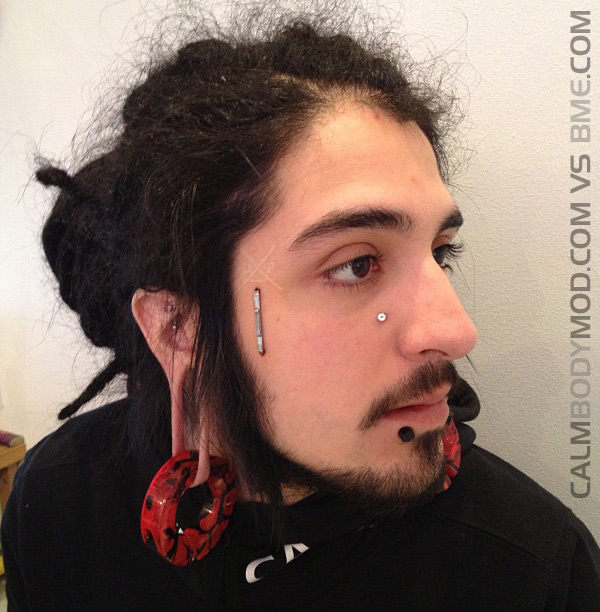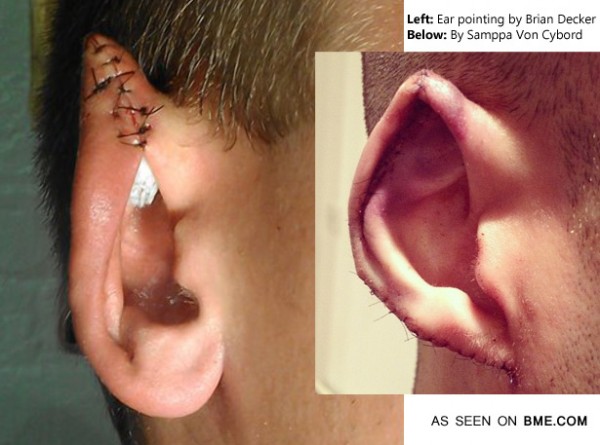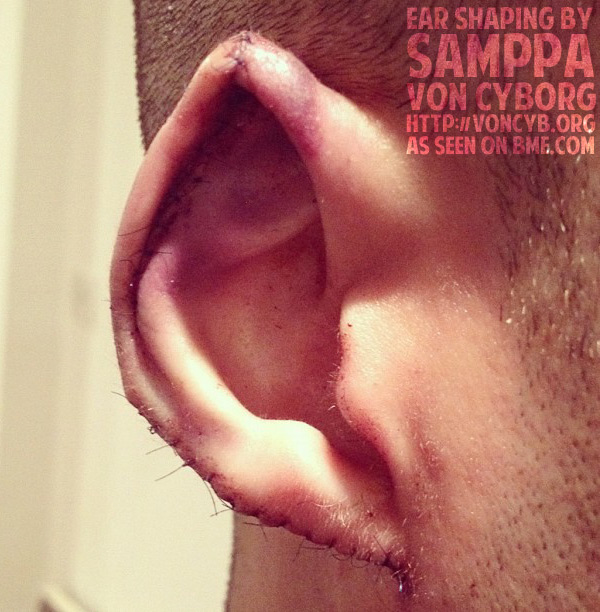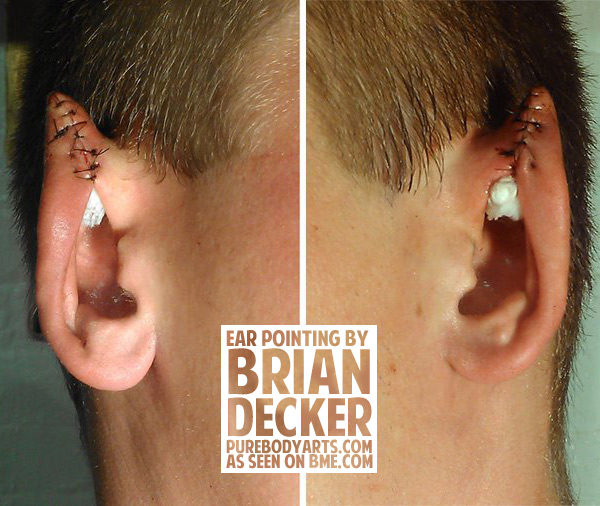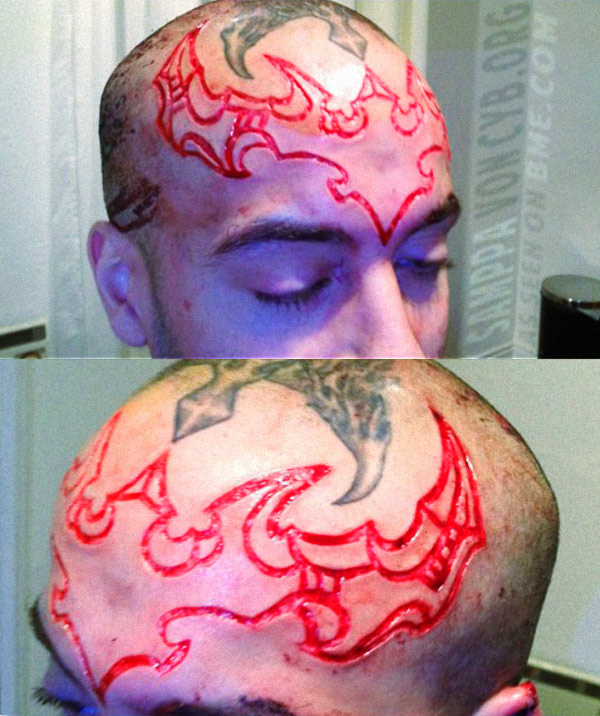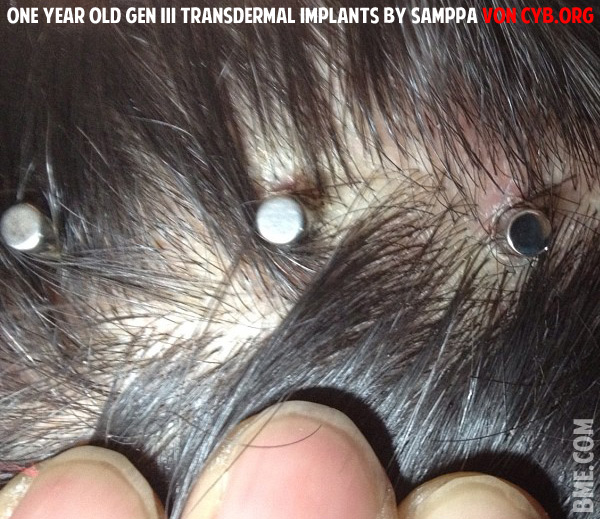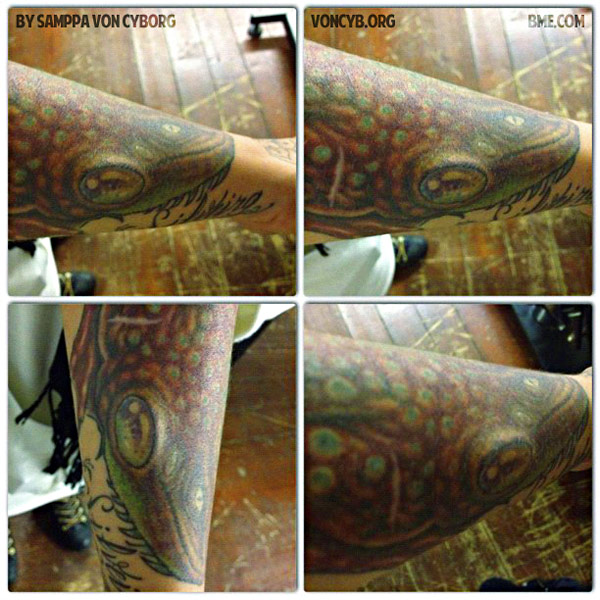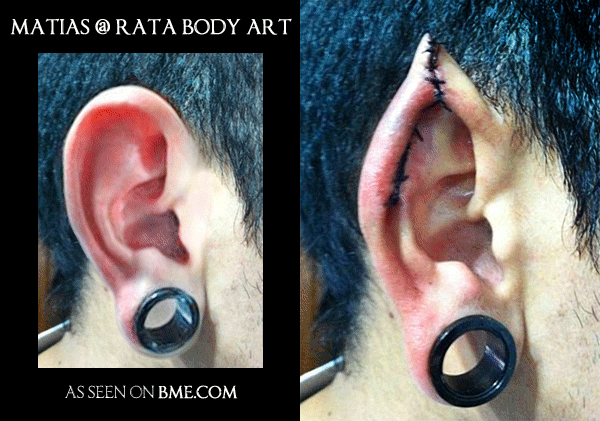Two days ago I posted a neat set of star-shaped horns (placed impressively precisely underneath preexisting tattoos), but I wanted to follow up with another star implant, this one by Matias at Rata Body Art in Buenos Aires, Argentina. It’s fresh in the photo — as you already know if you noticed the incision tucked away at the hairline. As great as this looks, I don’t think I would personally want a temple implant — even lightly resting my finger on my temples makes me feel like I’ve got a killer headache coming on. I’d hate to find that I’d implanted something on top of a pressure spot that slowly drives me insane! Oh wait, I started that way. No worries then, I shall do it.
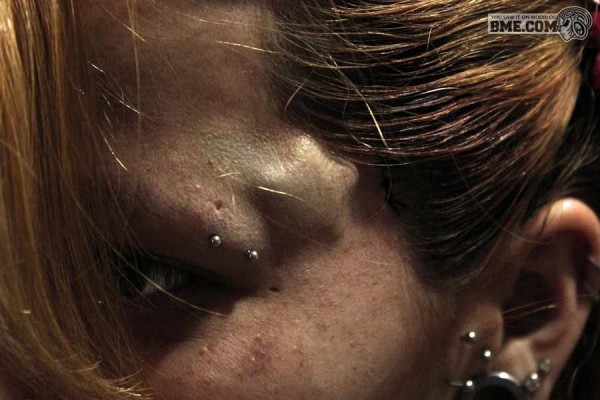
Speaking of Matias, I’ve also been meaning to show you this nice oldschool sailor-art Gypsy girl portrait that he cut over top of a black field of ink. I think it will work especially well due to the stars that sit in the negative space surrounding the canvas of the scarification.
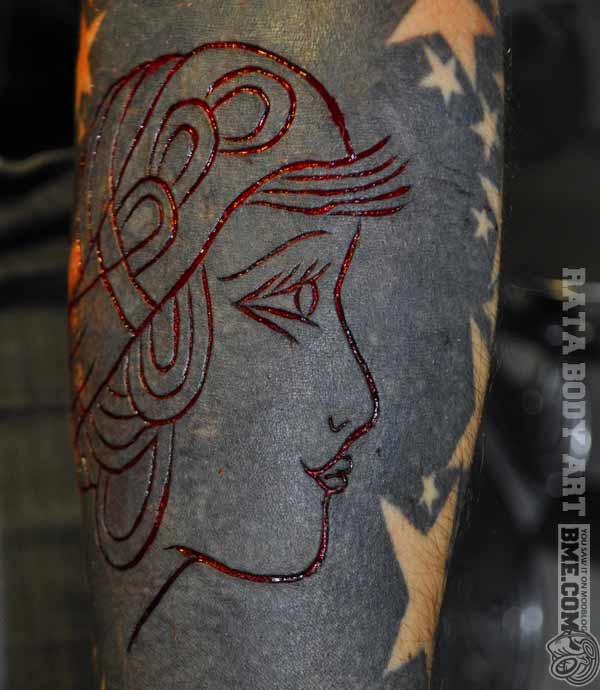
And while I’m on the subject of scarification, I wanted to also show you this superb collar-piece “art scar” that Azl Kelly of Mtl Tattoo created as part of a “aesthetic beheading performance”. There’s a lot to be said for really pure designs. There’s a school of thought among many writers that the less words you can use to completely and effectively describe something, the better. Now, I’ve never been particularly good at that — I’m so redundantly wordy and repetitive that you could Swiss-cheese a print out of my essays with a machinegun and effectively understand what I was saying from the tatters that are left. Azl on the other hand has figured out how to speak volumes with a single incision.
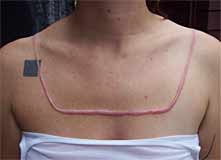
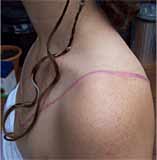
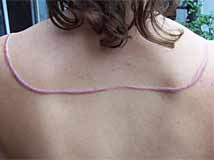
And, well, since I’m doing the “this things reminds me of this thing” game with this long entry, let me add two more implants, both swastika implants under a black tattoo, which visually makes them “pop” even more because of the way the light hits it. The one on the left, in the forearm, is the work of Samppa Von Cyborg, who you know well of course. The one on the right, the implant on the top of a hand, is by an artist you may not know quite as well, Hugo Ferreira of Biotek Toulouse in France. The arm is fresh in the photo, and the hand is about a month old.
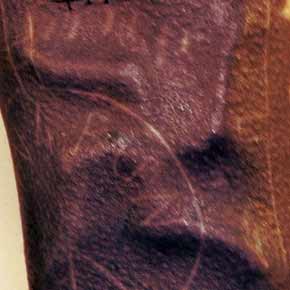
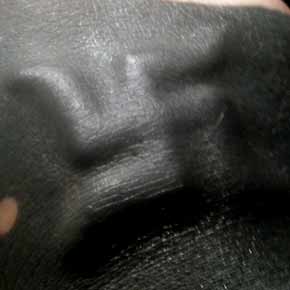
PS. I apologize for the crap image quality in this entry — I accidentally overcompressed. I’m really having “one of those days” as the old saying goes.
